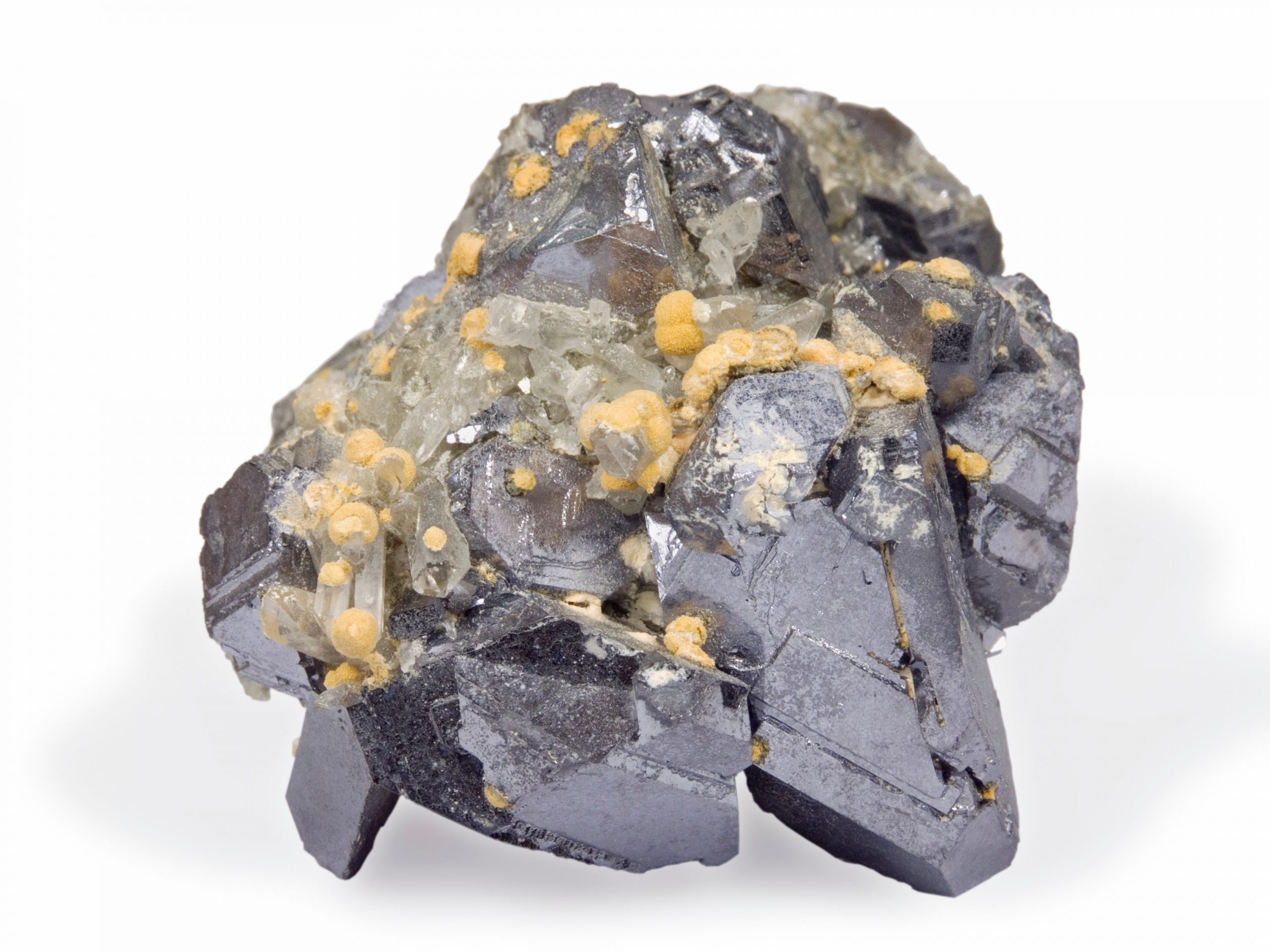In our modern world, we are surrounded by a myriad of chemicals, many of which play essential roles in our daily lives. However, not all chemicals are created equal; some pose significant risks to human health. Understanding which chemicals are particularly harmful is crucial for safeguarding our well-being. This article delves into the most dangerous chemicals, their sources, health effects, and preventive measures.
Understanding Chemical Toxicity
Chemical toxicity refers to the degree to which a substance can harm humans or animals. The harmful effects of chemicals can vary widely based on factors such as exposure level, duration, and individual susceptibility. Chemicals can enter the body through inhalation, ingestion, or skin contact, leading to acute or chronic health issues.
The Most Harmful Chemicals to Humans
- Asbestos
Asbestos is a naturally occurring mineral that was widely used in construction and insulation materials due to its fire-resistant properties. However, inhalation of asbestos fibers can lead to severe respiratory diseases, including asbestosis, lung cancer, and mesothelioma. The latency period for these diseases can span decades, making asbestos exposure particularly insidious.
Preventive Measures: Avoiding older buildings that may contain asbestos and ensuring proper removal by certified professionals can mitigate risks.
- Benzene
Benzene is an organic chemical compound commonly found in industrial emissions, cigarette smoke, and gasoline. Prolonged exposure to benzene is linked to harmful effects on bone marrow, leading to blood disorders such as anemia and leukemia. The International Agency for Research on Cancer (IARC) classifies benzene as a Group 1 carcinogen.
Preventive Measures: Limiting exposure by using protective equipment in industrial settings and avoiding smoking can significantly reduce risks.
- Formaldehyde
Formaldehyde is a colorless gas used in various products, including building materials, household cleaners, and cosmetics. Short-term exposure can cause irritation of the eyes, nose, and throat, while long-term exposure is associated with an increased risk of nasopharyngeal cancer and leukemia.
Preventive Measures: Ensuring proper ventilation in homes and workplaces, choosing low-formaldehyde products, and using air purifiers can help reduce exposure.
- Lead
Lead is a heavy metal that can be found in old paints, plumbing, and contaminated soil. Lead exposure is particularly dangerous for children, as it can lead to developmental delays, learning difficulties, and behavioral issues. In adults, lead exposure can cause cardiovascular problems and decreased kidney function.
Preventive Measures: Regular testing for lead in homes, especially those built before 1978, and using lead-free products can help protect vulnerable populations.
- Pesticides
Pesticides, including herbicides and insecticides, are widely used in agriculture to protect crops. However, many pesticides are neurotoxic and can disrupt endocrine function. Chronic exposure has been linked to various health issues, including reproductive problems, developmental disorders, and certain cancers.
Preventive Measures: Consuming organic produce, washing fruits and vegetables thoroughly, and using integrated pest management strategies can reduce pesticide exposure.
The Importance of Regulation and Awareness
While many harmful chemicals are regulated by government agencies, gaps in enforcement and public awareness persist. It is essential for individuals to educate themselves about the chemicals they encounter daily and advocate for stricter regulations to protect public health.
Conclusion
The presence of harmful chemicals in our environment is a pressing concern that requires vigilance and proactive measures. By understanding the risks associated with chemicals like asbestos, benzene, formaldehyde, lead, and pesticides, individuals can take informed steps to minimize exposure and protect their health. Awareness, education, and advocacy are key components in the fight against chemical toxicity, ensuring a safer future for all.


